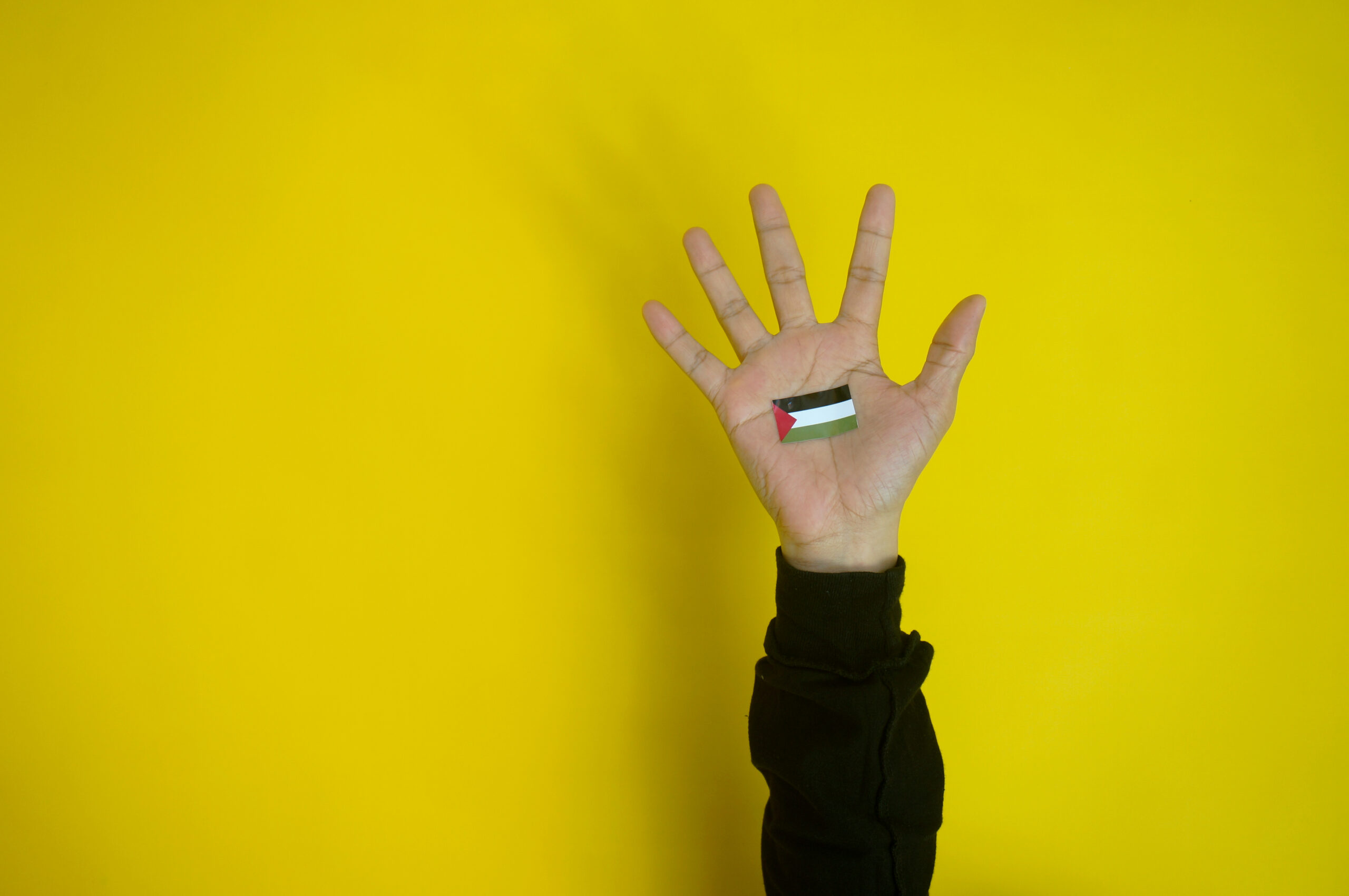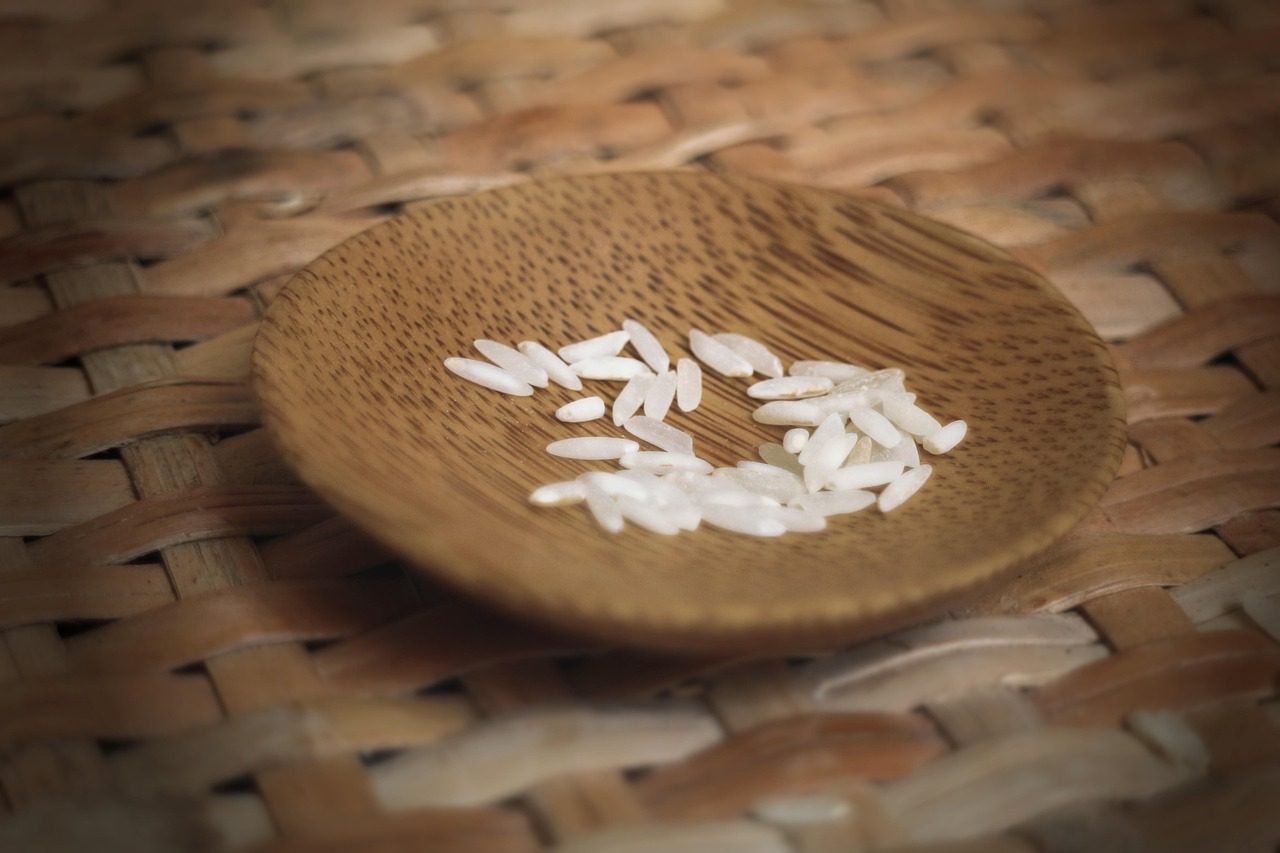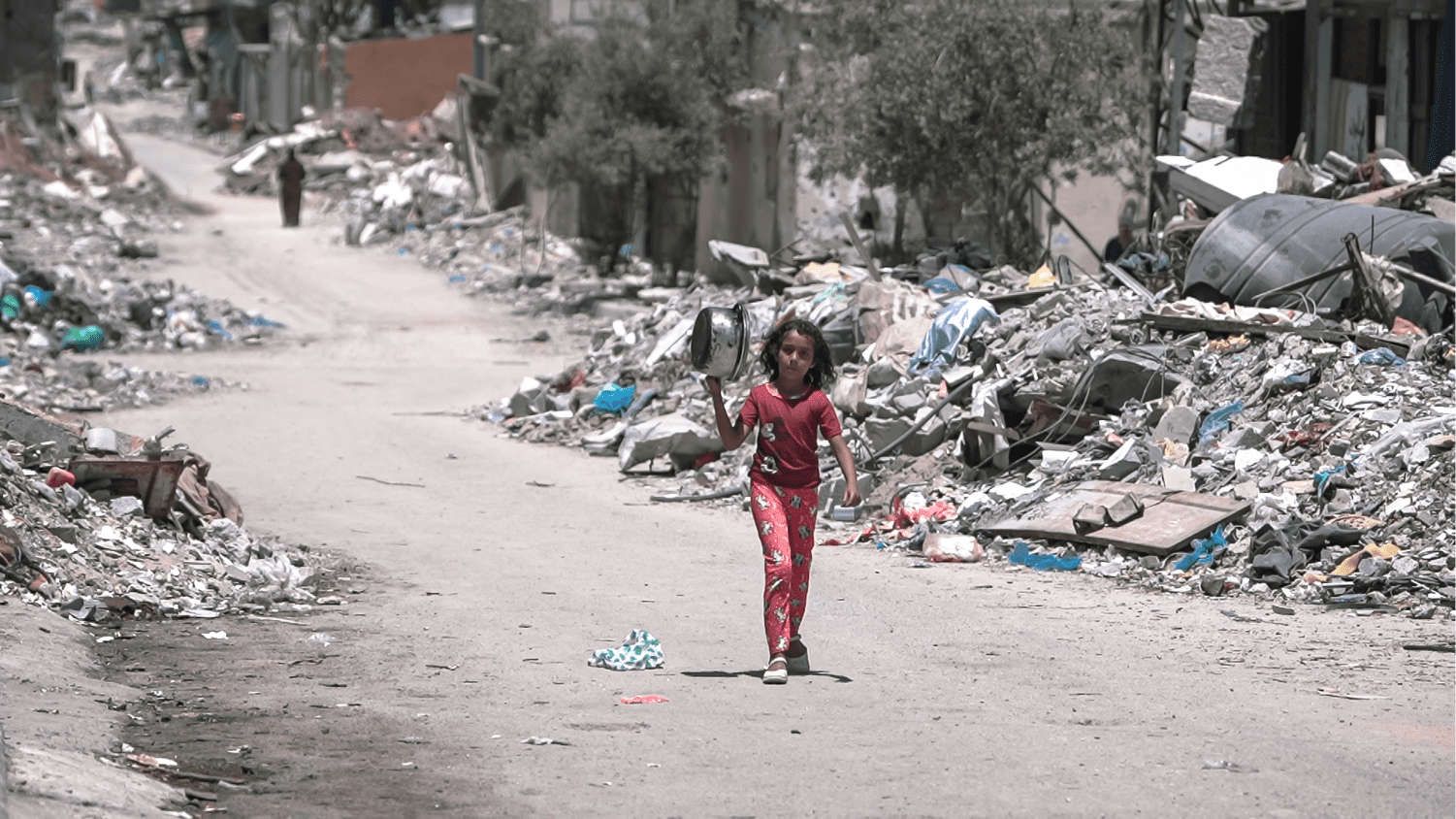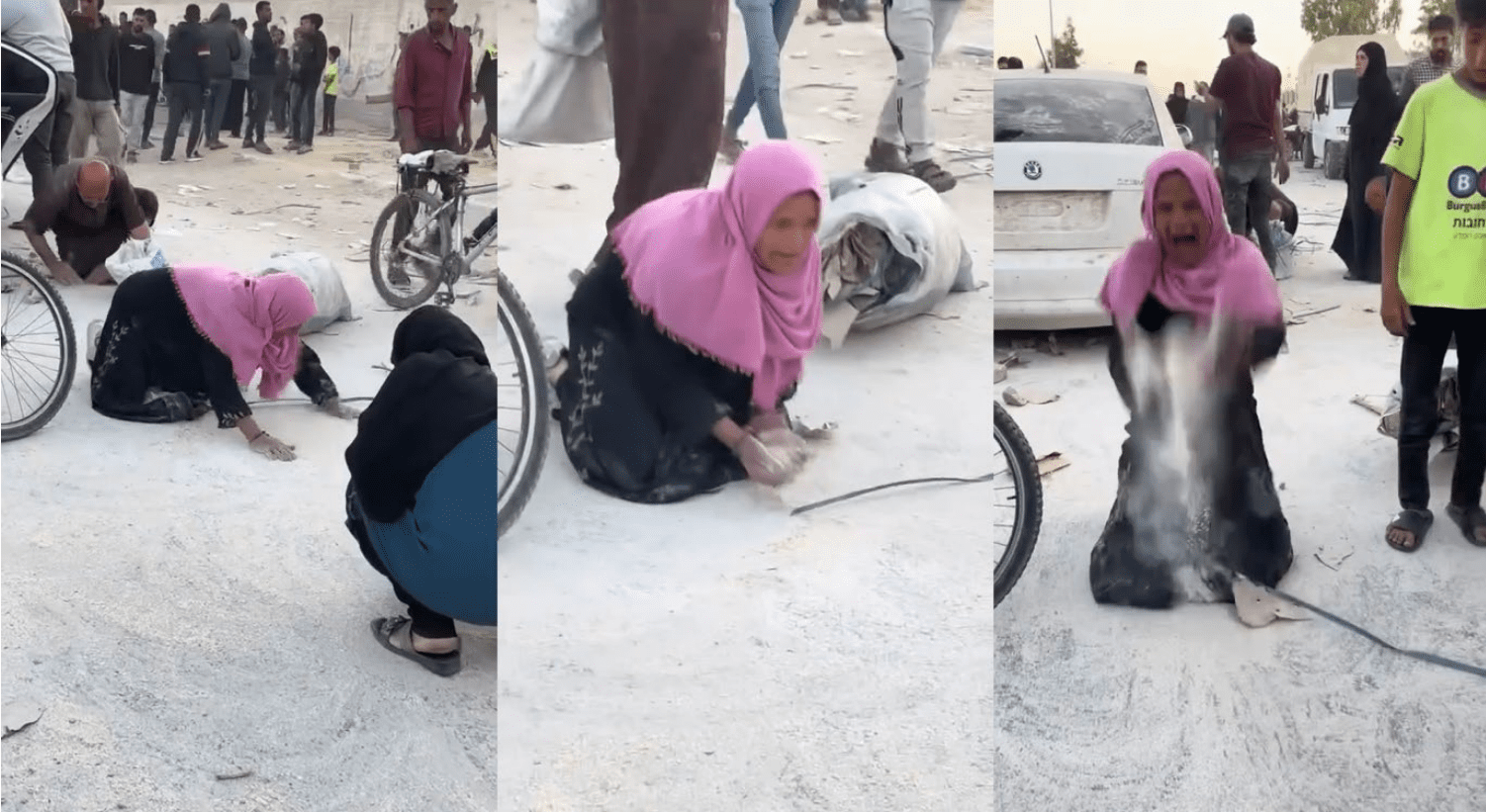Attention today is riveted rightfully by the extreme violence in Gaza and, now, Lebanon. A recent estimate published in The Lancet suggests that by mid-June 2024, approximately 186,000 deaths, or 7.9% of Gaza’s population, could be attributed to the ongoing conflict, with projections of the death toll potentially reaching 335,500 by the end of the year if the current rate of 23,000 monthly deaths continues. These atrocities would not have been possible without the sustained military and diplomatic support the United States provides to Israel.
A story that is receiving less notice, and one that is a continuation of longstanding Israeli policies, is the killing, detention, torture, and displacement of Palestinians in the West Bank. Acts that, since 1948, Israel has consistently engaged in with the support of its allies. Similarly ignored are the decades-long efforts of Palestinians to continuously organized nonviolent resistance. Despite the significance and persistence of these peaceful movements, Israel remains largely unmoved, and these efforts frequently go unnoticed by global media and the international community, namely the West. The United States often displays a superficial concern following tragic events, especially when American lives are affected, leading to a temporary surge in attention, while consistently maintaining its support and military aid to the Israeli state.
A notable instance occurred on September 6, 2024, when Aysenur Eygi, a 26-year-old American woman of Turkish descent, was fatally shot by the Israeli Occupation Forces (IOF), just two days after arriving in Palestine to join the International Solidarity Movement (ISM). Eygi was attending prayers with local Palestinians on a hill overlooking the Evyatar outpost, ahead of a protest against Israeli settlements, when Israeli forces opened fire. One round struck a Palestinian man, injuring his leg, while a second round fatally struck Eygi, who was observing the demonstration as a human rights activist.
According to NPR, an ambulance rushed Eygi to Rafidia Hospital in Nablus, the largest city in the northern West Bank, where she was pronounced dead. Dr. Fouad Nafaa, the hospital’s director, reported that she arrived with unresponsive, dilated pupils, no heartbeat, and was not breathing, with portions of her brain exposed. Despite six rounds of CPR, the medical team was unable to revive her.
A close friend and fellow ISM volunteer expressed grief in an ISM press release, stating:
I don’t know how to say this. There’s no easy way. I wish I could say something eloquent, but I can’t through my sobbing tears… my friend, comrade, and travel partner to Palestine, was just shot in the head and murdered by the Israeli Occupation Forces. May she rest in power. She is now one of many martyrs in this struggle.
In response, U.S. Secretary of State Antony Blinken said: “Her killing was both unprovoked and unjustified. No one — no one should be shot and killed for attending a protest. No one should have to put their life at risk just for freely expressing their views. In our judgment, Israeli security forces need to make some fundamental changes in the way that they operate in the West Bank, including changes to their rules of engagement.”
Thirteen days later, ProPublica reported that both the U.S. Agency for International Development and the State Department’s Bureau of Population, Refugees, and Migration had concluded earlier this spring that Israel had deliberately obstructed the delivery of food and medicine to Gaza. However, U.S. Secretary of State Antony Blinken and other senior officials in the Biden administration dismissed the findings, despite these agencies being recognized as the foremost U.S. authorities on humanitarian assistance, in order to ensure the continuation of $830 million in U.S. taxpayer funds allocated for weapons and military aid to Israel. There is an inherent contradiction between the administration’s rhetoric on human rights and its policy decisions.
Eygi’s death and the U.S. response echo a pattern seen in other cases. On March 16, 2003, Rachel Corrie was tragically killed by an Israeli bulldozer while she participated in a nonviolent protest to stop the demolition of Palestinian homes in Rafah. I met her parents in 2014 while in Palestine on a human rights delegation with Eyewitness Palestine; at the time, they were appealing to Israel’s Supreme Court regarding their daughter’s death. Corrie, like Eygi, joined the ISM at 23 to protest Israeli military policies in the West Bank and Gaza. As part of an independent study in college, she traveled to Gaza to help establish a sister city relationship between her hometown of Olympia and Rafah. Eyewitnesses and fellow ISM activists reported that Corrie, wearing a high-visibility vest, was deliberately run over, though the Israeli military later claimed the operator did not see her due to limited visibility.
The U.S. State Department initially called for a full and transparent investigation following the internal IOF report, but no such investigation was conducted.
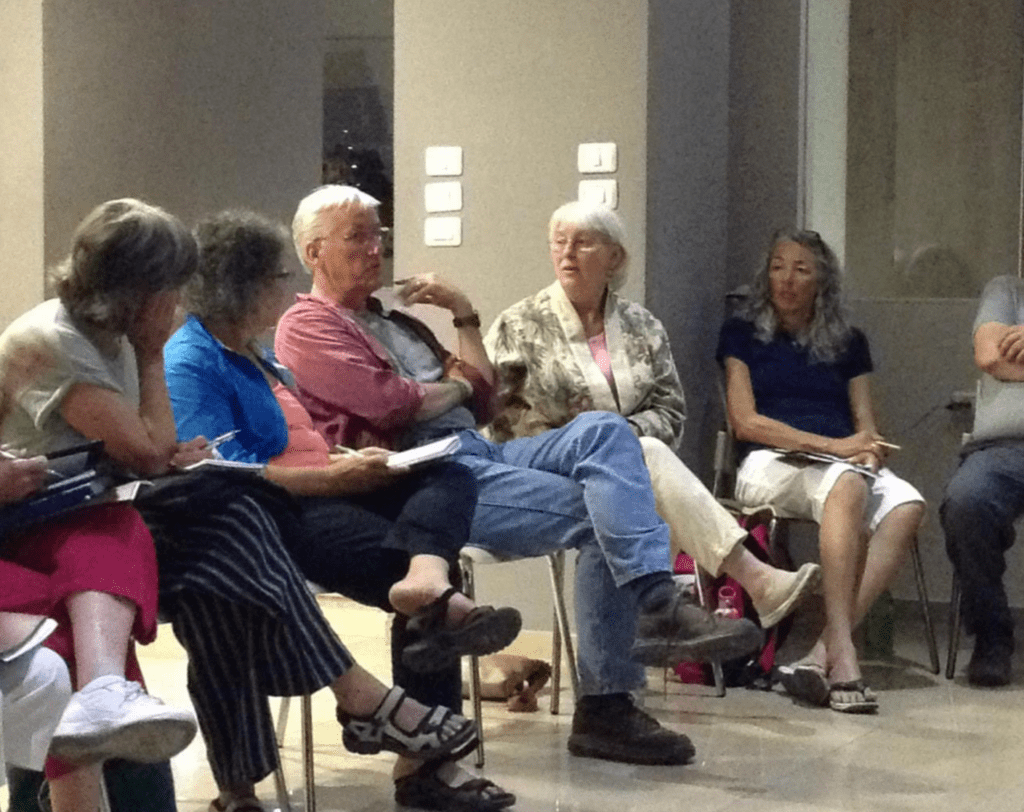
I returned to Palestine for three months in the summer of 2017, coinciding with “Operation Protective Edge,” which resulted in over 2,000 Palestinian deaths and more than 10,000 injuries. During this time, I participated in several nonviolent protests alongside Palestinians, Israelis, and international activists, including those organized by the ISM. As an American, I was rarely informed about these forms of resistance; they are neither covered by the media nor engaged with by the U.S. government regarding the Palestinian nonviolent protest movement. This silence is intentional, as it assists Israel and its allies in their efforts to convince the broader public that Palestinian resistance to Israeli occupation is solely composed of Hamas and other advocates for violence.
Two of these actions particularly exemplify Israel’s violent repression of nonviolent resistance efforts.
In one instance, the IOF attempted to further militarize Al-Aqsa Mosque, a revered Islamic site located in the Old City of Jerusalem, during Ramadan. The Temple Mount, which encompasses Al-Aqsa, is subject to surveillance and policing by the IOF, with its militarized presence typically increasing during Ramadan. Palestinians engaged in prayer while blocking a major thoroughfare in Bethlehem to voice their opposition to the age restrictions imposed on men entering the Temple Mount, the installation of metal detectors at Al-Aqsa, and the prevention of Palestinians from accessing Jerusalem due to checkpoints that were either closed or created along the route to Jerusalem.
Upon our arrival, we observed Palestinians laying out their prayer rugs in neat rows along the streets. As they gathered and blocked traffic, an older man began directing vehicles and approached us to introduce himself. Following a brief speech, the Palestinians commenced their collective prayers. Once the prayers concluded, the crowd rose, and a man whistled to indicate the presence of the IOF signaling that children should retreat as Israeli tanks rolled down the street from the checkpoint.
Demonstrators moved closer to the wall, chanting, and some began throwing stones at the tanks.[1] Almost immediately, the IOF responded by firing tear gas canisters and live ammunition toward the protesters. They ran away from the IOF. As the crowd surged toward us, we followed them down a side street and briefly paused after losing sight of the two other internationals in our group. I attempted to head back toward the protest, but a man intervened, preventing me from entering the militarized zone for my safety. After a short wait, the two others caught up with us. In the chaos, one of the women in our group, who was wearing sandals, abandoned her shoes in the street to run faster. As we reached the bottom of the hill, a young Palestinian boy kindly returned her sandals and, shortly thereafter, asked if we needed anything else.
As a result of the incident, four civilians sustained injuries: three suffered gunshot wounds to their lower limbs, while the fourth incurred a metal bullet wound to the hand. They were subsequently transported to the Palestine Medical Complex, as confirmed by the Palestinian Ministry of Health.

Let me just reiterate, the IOF brought tanks into the occupied territories, and opened fire on Palestinians who were praying during their peaceful protest, yet this incident garnered little to no response from the state or its allies.
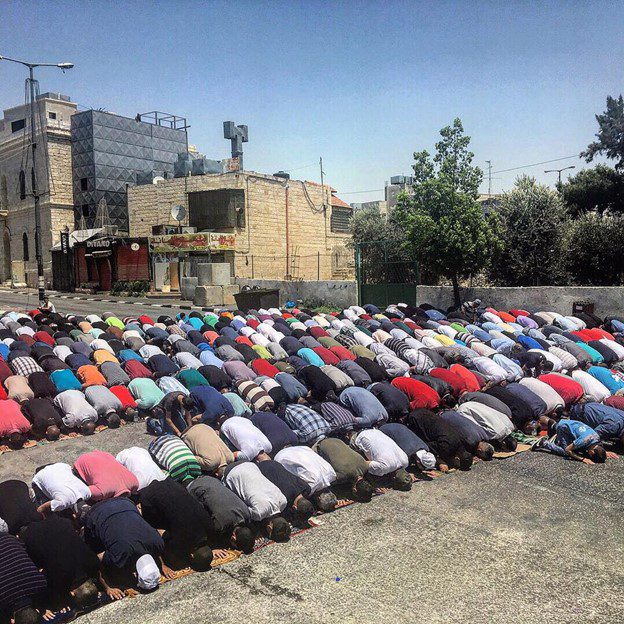
During another action, organized by the ISM, I joined my friend to support a Palestinian family in East Jerusalem. For years, the Shamasneh family was embroiled in a legal battle with Jewish claimants who asserted that the building in question was their family’s property before they fled during the 1948 war, when East Jerusalem came under Jordanian control. Israeli law permits Jews to reclaim properties in East Jerusalem if they can prove their families resided there prior to the 1948 conflict. If proven, Israel’s General Custodian Office may release the property, restoring ownership rights to the claimants. However, no equivalent legal recourse exists for Palestinians who lost their land during the same period.
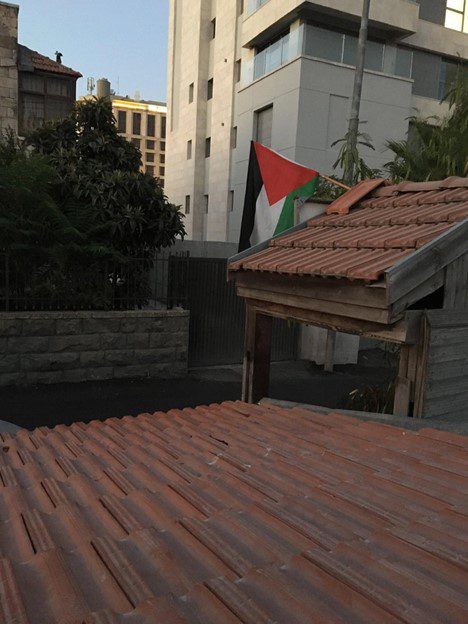
I spent a tense night on the roof of the Shamasneh home in Sheikh Jarrah, accompanied by a group of Israelis and international activists prepared to intervene or serve as witnesses in the event that the IOF attempted to evict the family. As dawn approached, I climbed to a higher vantage point on the roof to survey the street, where I spotted a police car that ultimately drove by without incident. I had been instructed to awaken the others if two police cars approached the house. I recall observing a row of white plastic chairs placed in front of the family’s door, one of the few measures of physical protection they could implement. Although no police raid occurred that night, the Shamasneh family was evicted from their residence in September 2017, following 53 years of occupancy. Subsequently, young Israeli men occupied their home after the family’s eviction.
These examples underscore the stark contrast between the Palestinians who engage in acts of resistance supported by their communities and utilizing makeshift tools like plastic chairs, and the Israeli state, along with its Western allies, which deploy destructive military force, including bombs that leave deep craters in the ground. This disparity also emphasizes the narratives of nonviolent resistance that often go unheard in the West, drowned out by the prevailing discourse that frequently centers on Hamas.
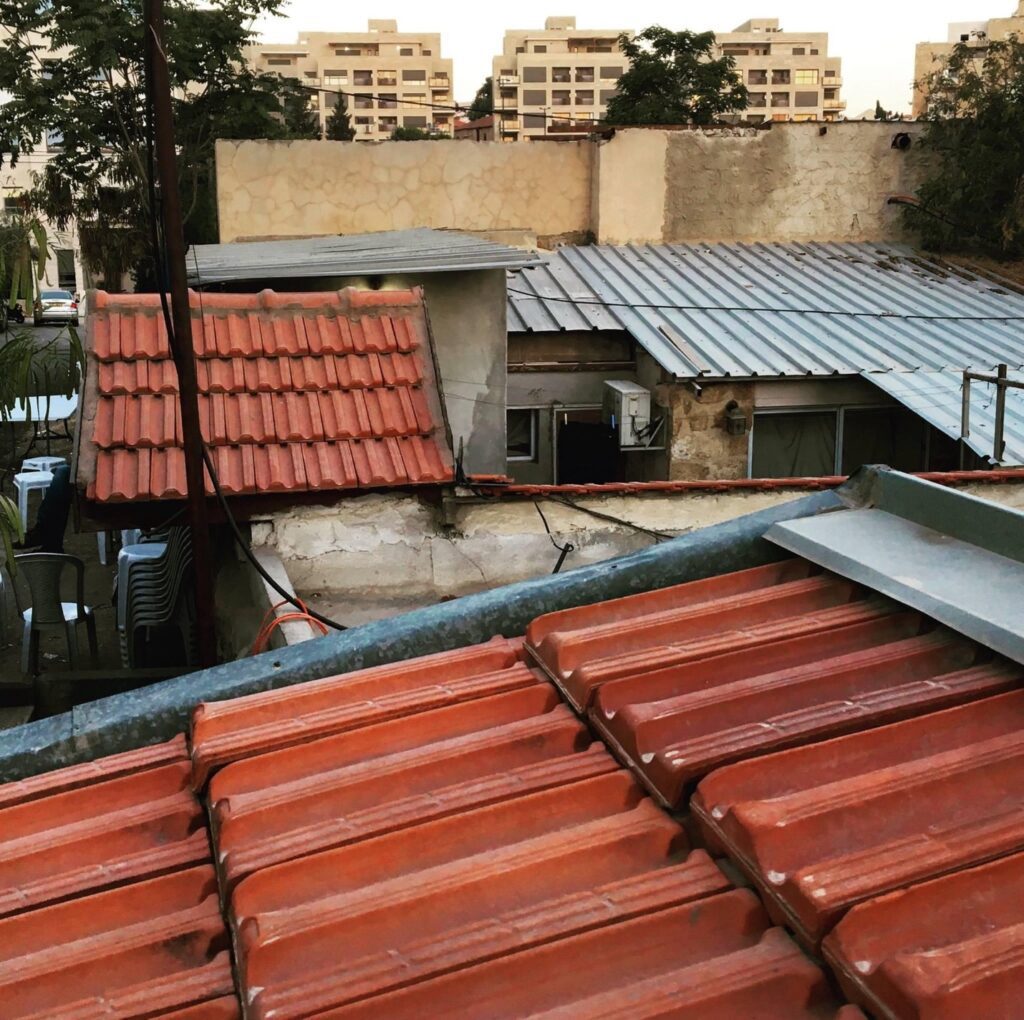
Such narratives reveal the resilience and creativity of Palestinian communities in their struggle for rights and justice, reflecting a commitment to nonviolent protest despite overwhelming military might. The emphasis on militarized responses by Israel and its allies often overshadows the multitude of peaceful actions taken by Palestinians, who seek to uphold their dignity and rights in the face of occupation. By amplifying these stories of resistance, we can foster a deeper understanding of the complete diverse strategies employed by those affected by occupation. However, it is important to recognize that these nonviolent actions have not prompted Israel or its allies to take just measures, including ending the genocide in Gaza.
To effectively address the ongoing violence, it is crucial that individuals and organizations outside of Palestine intensify their efforts. One promising avenue toward achieving this objective is through civil disobedience, a method that has historically proven to be a powerful catalyst for social change. Organizations such as Palestine Action, which have successfully utilized direct action to disrupt Israeli weapons factories in the UK, exemplify this approach. Their efforts not only highlight the urgency of the situation but also provide a viable model for others seeking to engage in meaningful activism. By adopting similar strategies, we can contribute to a broader movement aimed at promoting justice and accountability.
[1] Stone-throwing is often cited by the Israeli state as justification for the use of force. However, there is ongoing debate over whether stone-throwing should be considered inherently violent, particularly when juxtaposed with the Israeli state’s deployment of some of the most advanced military weaponry in the world.
